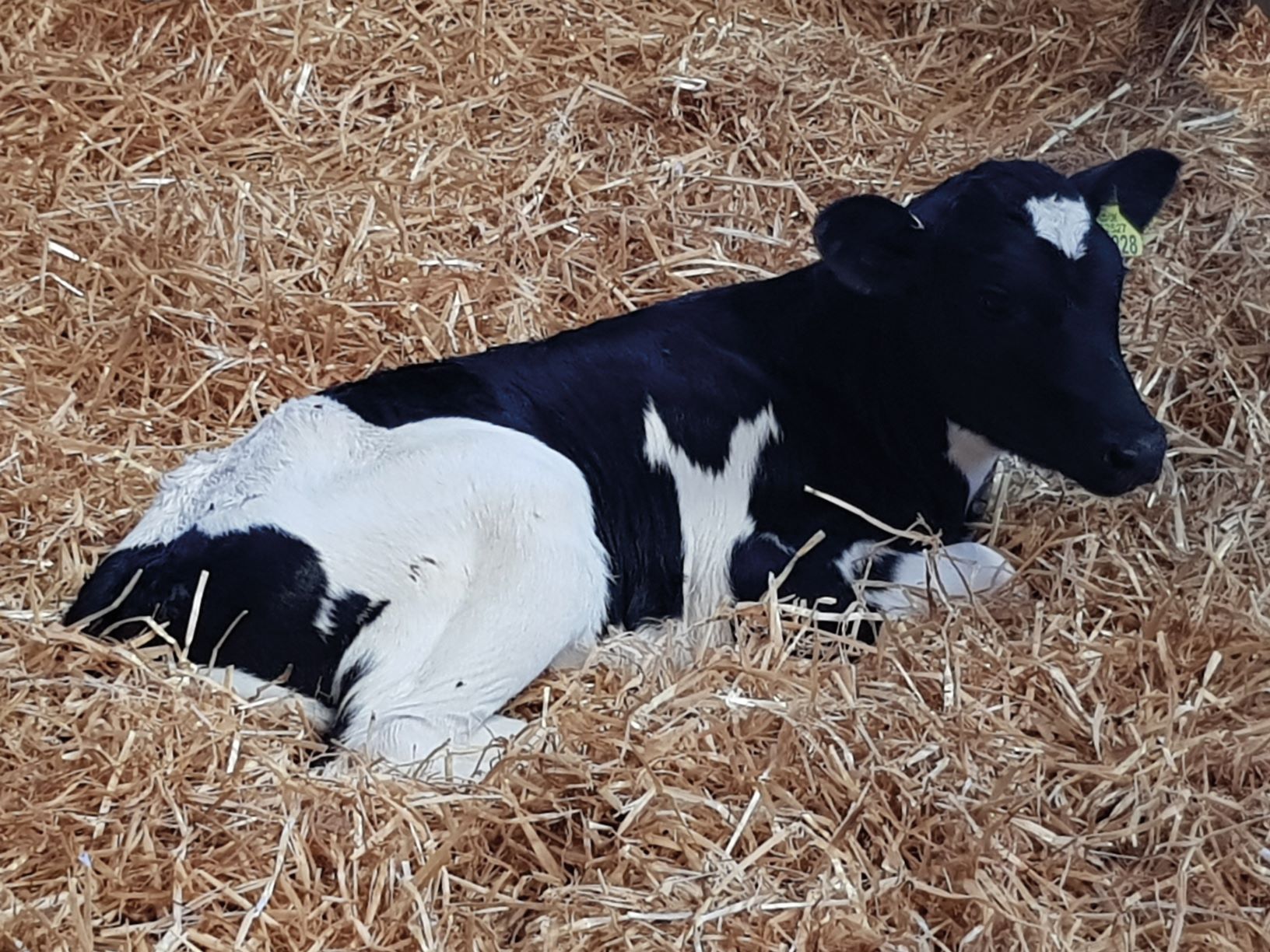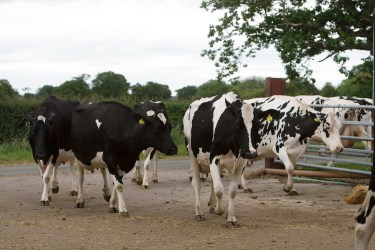Jon Mouncey, Genus ABS Technical Services Veterinary Consultant, Farming Life Sep 2019
Optimising transition cow dry matter intakes is critical to a cows success in the milking herd. Many guidelines have been set to limit reduction of transition cow intakes. This include: 0.75 meters of feed trough space 21 days before and after calving to ensure that all cows can eat at the same times; deep loose bedded cubicles sized to accommodate the larger sized dry cow or a dry comfortable bedded yard; at least one cubicle per cow or 10 square metres of bedded yard per cow and finally minimising regrouping stress within the crucial period 2-7 days before calving. Many farms achieve this however the latter point of cow movement between 2-7 days before calving is often a challenge. I outline below, 3 calving pen strategies to consider.
1. Just-in-time calving pen, where cows are moved to the calving pen within hours of birth
2. Short-stay calving pen, where cows are moved to the calving pen less than 2 days before they calve.
3. Long-stay calving pen, where cows are moved into the calving pen more than 7 days before they calve.
Just in time calving pens are primarily used by larger herds that have the opportunity of having staff members primarily responsible for the transition cows and cows calving. Cows are moved to a calving pen from the transition yard at the point of calving. This requires around the clock supervision of the transition group, walking the pens at least every hour. In this strategy training of staff must be a priority to identify the stages of labour. The risk of stillbirth is significantly reduced by moving cows with a waterbag or feet showing to the calving pen rather than when only mucus is showing. Moving cows in late stage 1 of calving delays labour and reduces lying time by over 50% in the hour before calving. Without adequate training and time to walk the transition yards, calves may be born outside of the calving pen.
Short stay calving pen strategies allow cows to be moved within 2 days of calving, during this time cows often avoid social contact and so do not appear to be as “stressed” when regrouping as when compared to being moved 2-7 days before calving. However the success of this approach again depends on the ability of staff to predict calving 2 days prior to the event. This strategy tends to be used in herds less than 250 cows. Success of this strategy depends on excellent identification of timing of calving and a group calving pen to avoid prolonged isolation of individual cows.
In long stay calving pen strategies, cows are moved into the calving area more than 7 days before calving. It is virtually impossible to predict that an individual cow will calve in 7 days but a group approach can be taken in larger herds. In this instance a group of cows are moved from the dry cow group to the calving pen each week, the group calving pen must be of sufficient capacity to accommodate one week’s worth of calving cows with sufficient separate calving pens to accommodate each group until they all calve with the minimum of regrouping. Typically 85-95% of cows calve over a 14 day period around 280 days gestation length. This spread should be analysed specific to the herd in question to optimise the 14 day period chosen to accommodate the majority of cows whilst ensuring that most cows spend more than 7 days in the calving pen. Consideration should also be given as to whether cows with twins should be moved 10 days earlier than the protocol as they often will calve early.
Consider reviewing the 3 stages of labour with your veterinarian to assist staff in identifying the optimum time to move cows within your system and consult with your genetic advisor regarding calving ease of your prospective bull selection.






